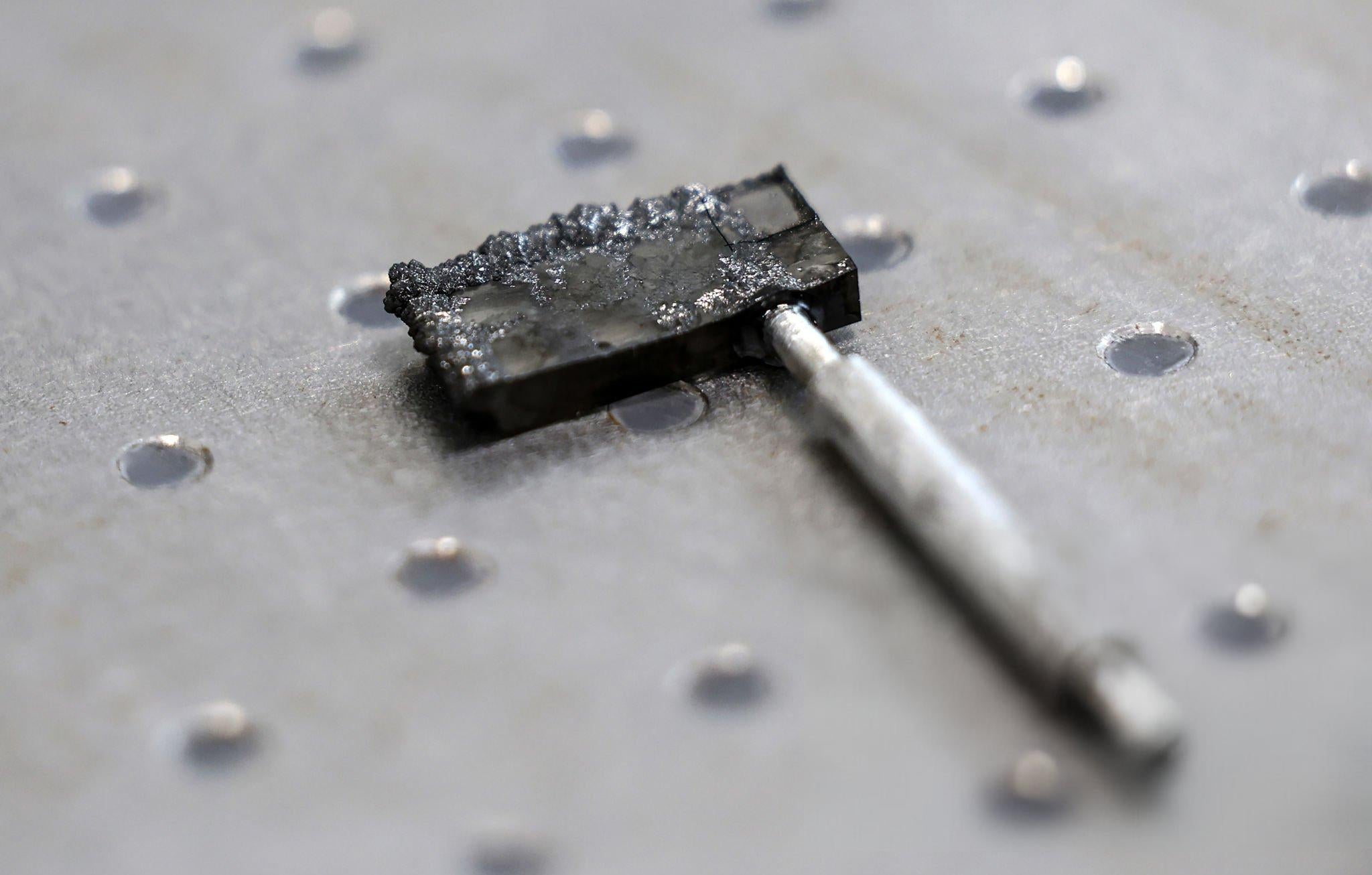Introduction
As sustainability becomes a priority for conscious consumers, lab-grown diamonds have emerged as an ethical and eco-friendly alternative to mined diamonds. With growing awareness about the environmental impact of traditional diamond mining, more people are choosing sustainable diamonds, eco-friendly engagement rings, and ethical fine jewelry. But what makes lab-grown diamonds the greener choice? Let's explore how they help reduce environmental harm and promote responsible luxury.
The Environmental Impact of Mined Diamonds
Traditional diamond mining has long been associated with significant environmental consequences, including:
-
Deforestation & Habitat Destruction – Large-scale diamond mines disrupt ecosystems, leading to habitat loss for wildlife and deforestation.
-
Soil Erosion & Water Pollution – Mining operations require excessive water usage, often contaminating nearby rivers and groundwater.
-
High Carbon Footprint – Diamond mining relies on heavy machinery and fossil fuels, emitting tons of CO2 into the atmosphere.
-
Land Displacement – Entire communities are displaced due to mining activities, affecting indigenous populations and local livelihoods.
For more details on the impact of diamond mining, refer to World Wildlife Fund (WWF).
Why Lab-Grown Diamonds Are More Sustainable
Unlike mined diamonds, lab-created diamonds are produced in controlled environments using advanced technology, significantly reducing their ecological footprint. Here’s why they are the best choice for eco-conscious consumers:
1. Lower Carbon Emissions
Lab-grown diamonds require less energy and fossil fuel consumption compared to open-pit mining. Many manufacturers are now using renewable energy sources, further reducing their carbon footprint. Learn more from Carbon Trust.
2. Minimal Land Disruption
Mining diamonds requires the removal of tons of earth, leaving behind damaged landscapes. In contrast, lab-grown diamonds require no excavation, preserving forests, wildlife, and natural ecosystems.
3. Water Conservation
Traditional diamond mining consumes and contaminates millions of gallons of water annually. In contrast, producing lab diamonds uses up to 7 times less water, making it a more water-efficient jewelry choice.
4. No Harmful Chemical Waste
Diamond mining produces toxic chemical runoff that pollutes surrounding land and water bodies. Lab-created diamonds are manufactured in clean, controlled labs without releasing hazardous waste.
5. Conflict-Free & Ethically Sourced
Many natural diamonds are linked to unethical practices such as conflict diamonds and unsafe working conditions. Lab-grown diamonds are 100% conflict-free, ensuring peace of mind for ethically conscious buyers.
How to Choose an Eco-Friendly Lab-Grown Diamond
If you're looking for sustainable diamond jewelry, here are some key factors to consider:
-
Certified Lab-Grown Diamonds – Look for certifications from reputable organizations like the Gemological Institute of America (GIA) or the International Gemological Institute (IGI).
-
Recycled or Sustainable Metals – Opt for settings made from recycled gold, platinum, or fair-trade metals to enhance sustainability.
-
Brands Committed to Sustainability – Purchase from jewelers that prioritize eco-friendly jewelry making, use renewable energy, and support ethical sourcing.
Final Thoughts
Choosing a lab-grown diamond engagement ring or sustainable fine jewelry is more than just a style statement—it’s a commitment to protecting our planet. With eco-conscious luxury on the rise, lab-created diamonds provide an opportunity to own stunning, ethical, and environmentally friendly jewelry without compromising on quality or brilliance.
Ready to make the switch to a greener, guilt-free sparkle? Explore our collection of sustainable lab-grown diamonds at Shree Suktam Diamond and be part of the future of ethical luxury!




